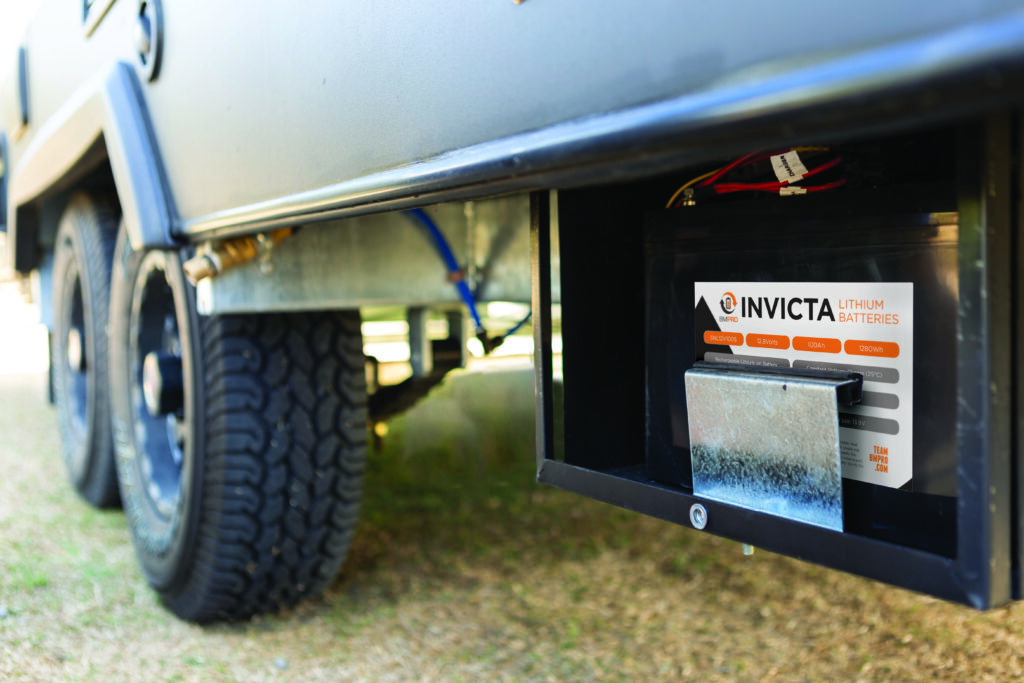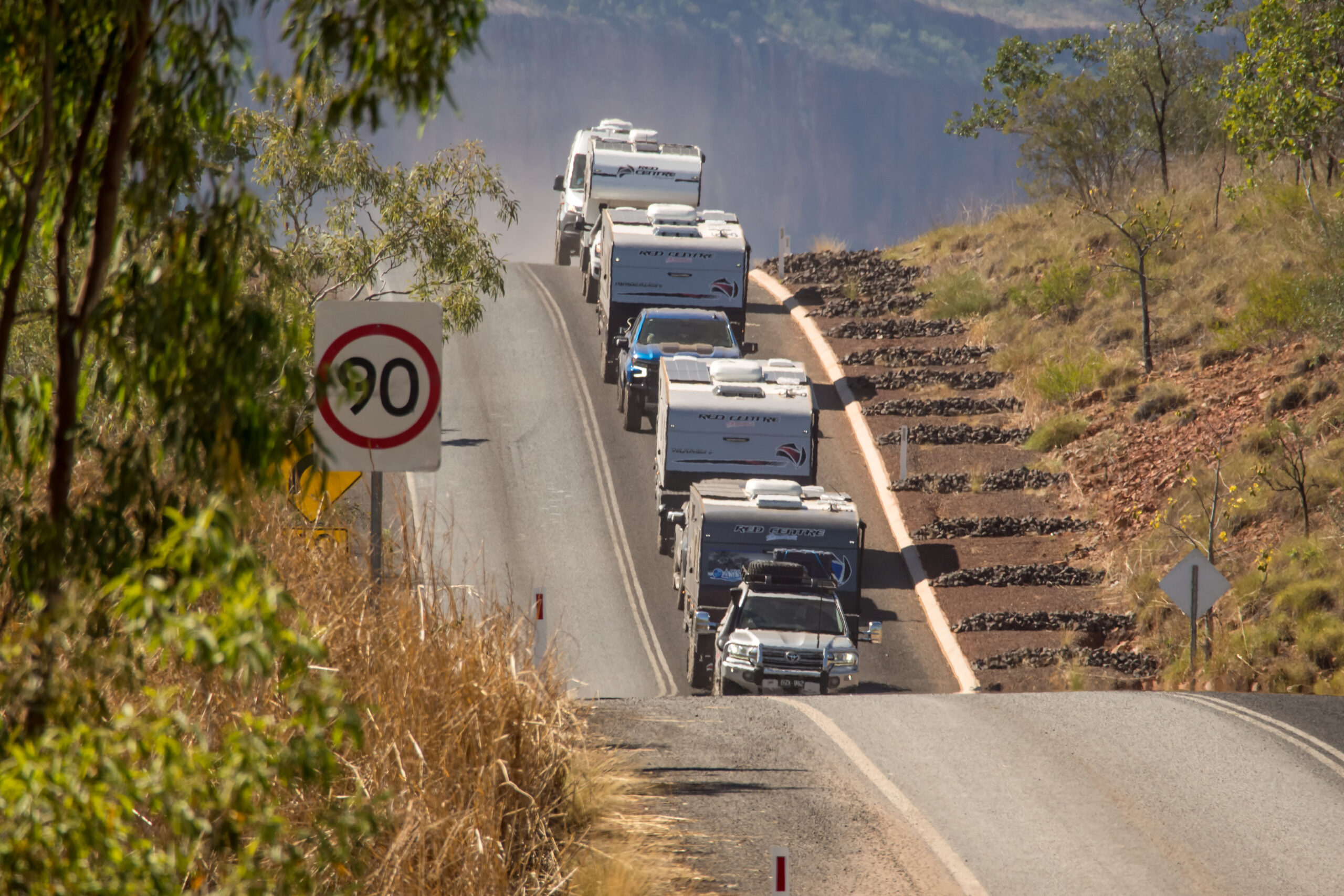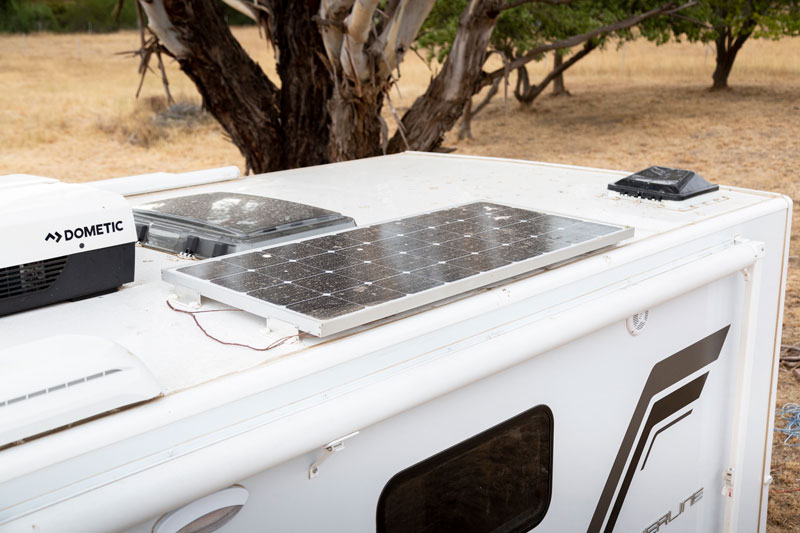
LITHIUM BATTERY GUIDELINES TO AS/NZ3001.2:2022
This is a guide to help understand the requirements of the new standard in relation to lithium battery
Hi,
I get confused with whether I need a DC-DC charger or simply an isolator or similar for my second battery, which we charge the fridge from. We have a dual battery in the back and I can’t get a straight answer out my auto elec.
Mark and Karen De Jong, SA
Thanks Mark and Karen for your 12V Guru question – can be confusing in most areas of 12V getting a straight answer! Camping, caravan and 4-wheel driving has seen many changes over the last 25 years, with Aussie adventurers moving more and more away from gas or fuel appliances such as gas lights, stoves and fridges. As such the demand is now greater than ever for DC appliances, and therefore we need to charge our AUX batteries correctly and quicker due to all the different battery types on the market
DC to DC charging is something that is not new to caravan or camping, it is like the caravan and camping industry and has evolved over the time just like tow vehicles have.
The old ways of charging DC-DC were often with ignition-controlled battery isolators or even voltage sensitive isolators. These worked great because in the engine bay of a 4×4 was often fitted the starting battery and then the secondary battery with the isolator in between. This way of charging was ok because the batteries where so close to each other and voltage drop was not a massive issue. However, this way of charging would often see batteries equalize out and the batteries were often different sizes, and the equalization and different size batteries could often see battery life shortened. Because only voltage was often considered and the beer fridge stayed cold for a week that was ok. When trying to charge to a caravan battery this way would often not work correctly unless you had the correct size cabling to eliminate voltage drop and while voltage may have been ok, there may not have been sufficient current due to undersized wires.
The new way of charging is much smarter now and allows the DC-DC to charge batteries correctly. DC-DC chargers have taken the idea of the 3 basic stages in a traditional AC charger – float, bulk absorption. In conjunction to this is the concept of a boost converter. For example, if the source voltage is only 9V due to having a smart alternator the charger will boost this to a usable voltage, normally above 12V to charge the house battery. The same concept applies if voltage drop is experienced across an extensive length of cables.
How does it boost output work? We can’t boost voltage out of nothing. This comes at the cost of current or amps. For example, if there is 26 amps available at the input side of the of the DC/DC charger at 12.8volts it may require 6 amps to boost the voltage up to the bulk charge rate at 20 amps to the battery, this figure will vary on brand to brand of DC/DC charger.
Good quality brands of DC-to-DC chargers will allow you to charge different types of batteries at their correct charge voltage and rate. If batteries are incorrectly charged it can reduce battery life. Correctly charged batteries will give you good life to run all your accessories or caravan/vehicle on DC power on demand.
Choosing the right size or type of DC-to-DC charger depends upon your battery size and type. Lead acid type batteries like AGM hate to be over charged and under charged continuously. To help prevent overcharging and give you the longest life of your chosen batteries check with the battery manufacture or importer as to the optimum charge rate. Some batteries including lithium LiFeP04 will give you a maximum charge rate and a recommend charge rate. Double check this as charging at the maximum rate all the time could impact the life of the battery.
Check that the DC-DC charger is fitted in the right location for the job. Some may be potted internally for higher IP ratings which is great for water and dust protection, but may require air flow to work correctly as heat will affect the unit performance and you may risk damage to the unit for example, the DC/DC charger you may be considering may only be rated to 35 degrees, this would be no good in a canopy setup where temperatures may exceed 60 degrees. Other DC-DC’s may not be potted but can work to higher temperatures such as 80 degrees and may be better suit to fitment inside a vehicle or van.
Final word – find an auto elec who knows what they are doing. Safe travels.
12V Guru
Like this post? Share it!

This is a guide to help understand the requirements of the new standard in relation to lithium battery

Looking for more Power? Our 12V Guru discusses the key elements you need to know when upgrading a 12V system

Solar Panels installed on your vehicle roof? Our 12V Guru discusses how to optimise their performance in place of buying more panels

© 2020